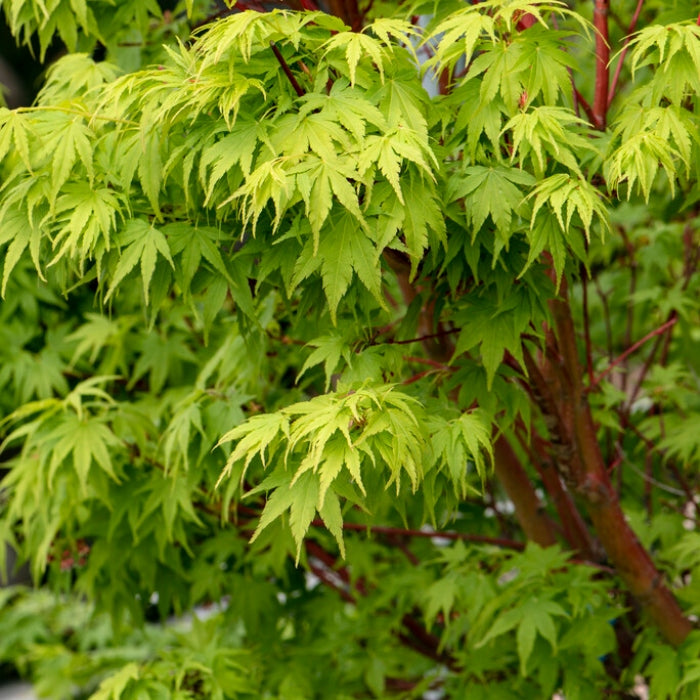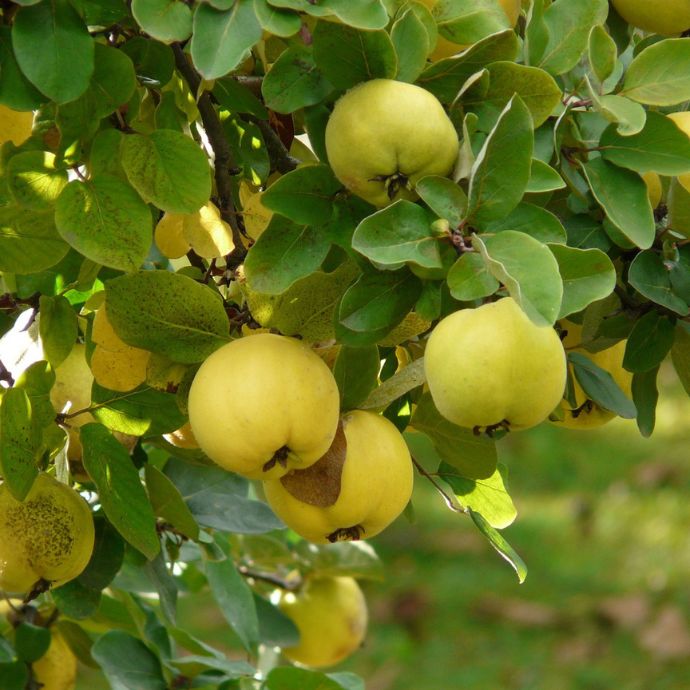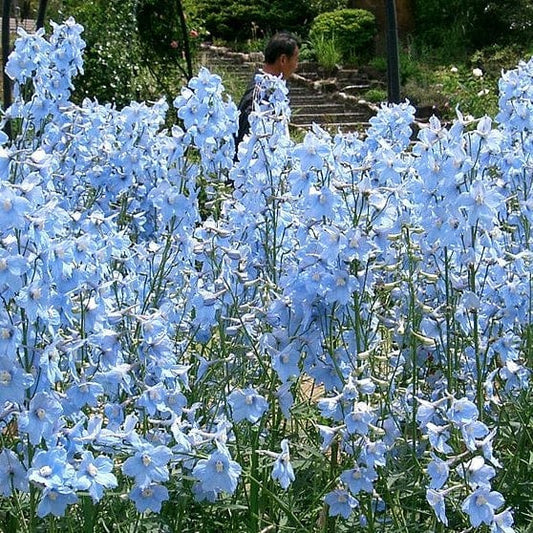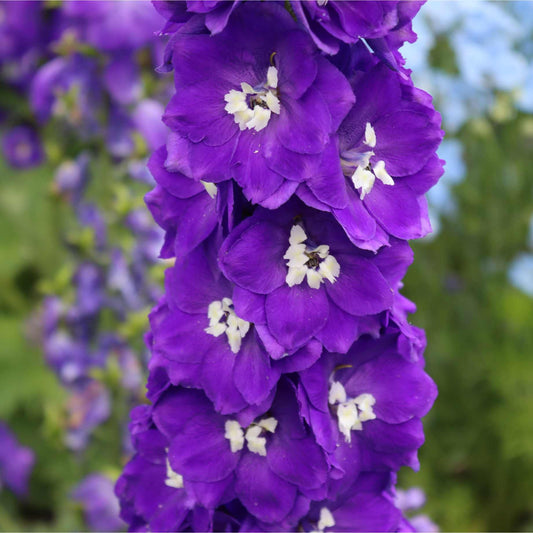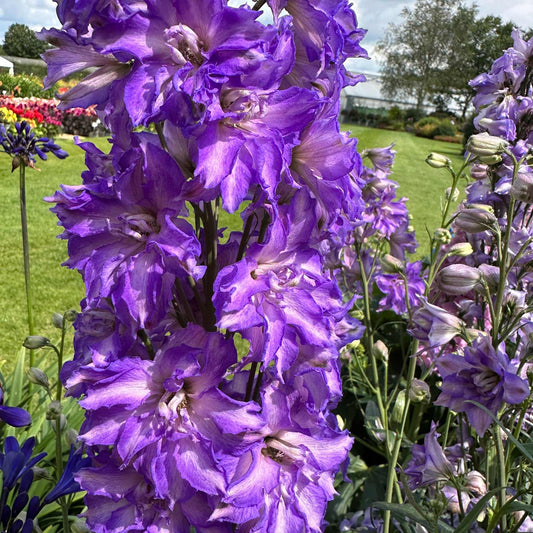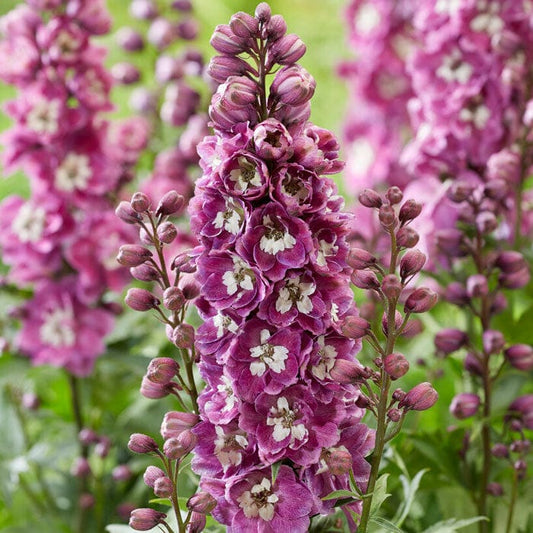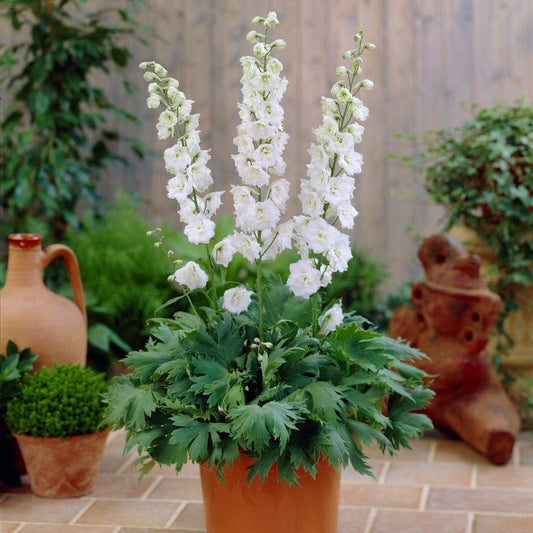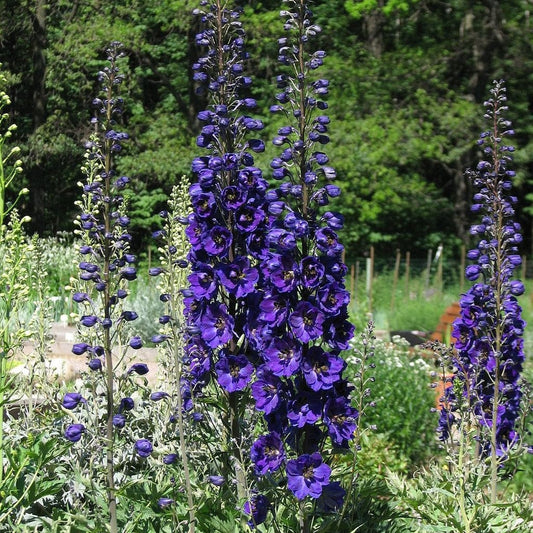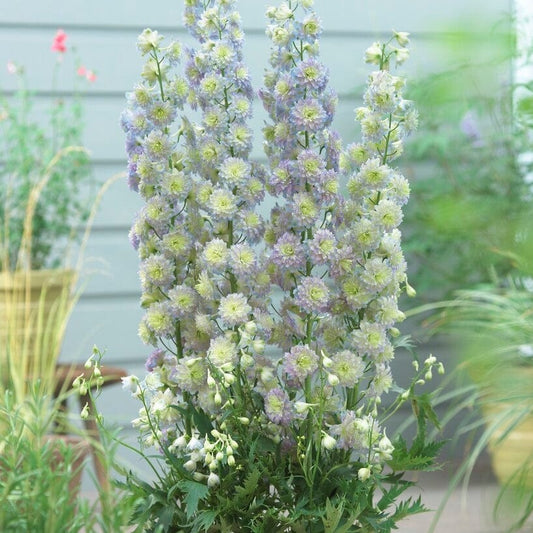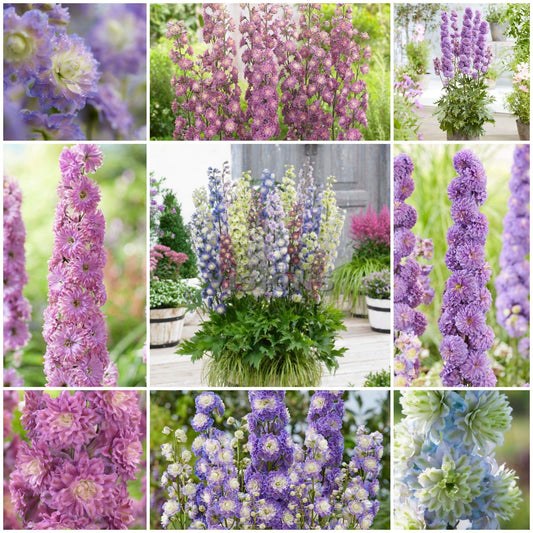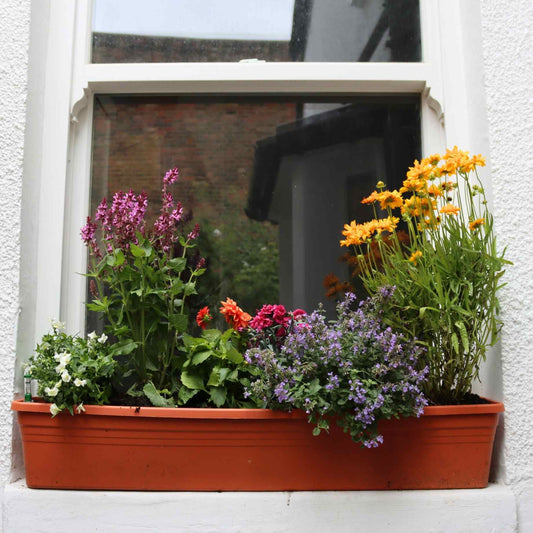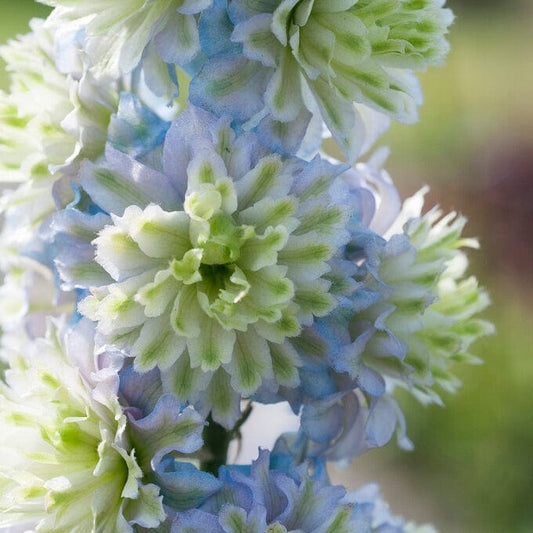How to Grow Delphiniums: A Complete Care Guide

With their towering flower spikes in a wide array of painterly hues, delphiniums are the cottage garden stalwarts that add height and drama wherever they’re found. In this post, we’ll be unpacking how to grow and care for these popular perennials, to ensure you get the most bang from your buck, year after year. First, then, the basics – what conditions are best to grow delphiniums in your garden?
Jump to:
- The best conditions for delphiniums
- How to plant delphiniums
- Caring for delphiniums
- Propagating delphiniums
What conditions suit delphiniums?
If you want to grow some delphiniums, there are a few things you need to bear in mind. Firstly, they prefer a full sunny spot where they receive at least six hours of direct sunlight per day. In addition, the soil in which they’re planted needs to have good drainage, as poorly-draining or waterlogged soil will lead to poor/absent growth.
If you suspect your soil has poor drainage, consider amending with some horticultural grit or organic compost. If possible, grow your plants in a sheltered location, or if your whole garden is exposed, then consider staking your delphiniums to protect them from wind damage. Take care not to tie in your plants too tightly, otherwise the stems might become damaged.
How to plant delphiniums
Once you’ve chosen your delphiniums and you’re ready to plant, here’s what to do. Dig a planting hole as deep and twice as wide as your plant. If your soil isn’t the most fertile, you might want to dig in a bit of compost at this point. Tease your plant out of its pot, then place it in the middle of the planting hole.
The crown of the plant should sit at the same level as the rest of the surrounding soil. Backfill the hole, then firm the plant in gently with your heel. After your delphinium is planted, give them a good watering, then mulch to help lock in that moisture and suppress competition from weeds.

Caring for delphiniums
Delphiniums are relatively easy to care for, requiring little in the way of serious maintenance.
Watering
New plants will need regular watering throughout the growing season to help them establish. Once established, however, you can reduce the amount of watering – you’ll still want to keep the soil moist with a weekly soak, but you’ll certainly need to water less than in that initial year or two. Container-grown delphiniums will require more regular watering than those grown in the open ground, as their compost will dry out more quickly.
Feeding
Besides the post-planting application of mulch (which you should then repeat every spring), you can give your delphiniums a weekly (or fortnightly) feed with a liquid feed that’s high in potassium. This will encourage the best blooms. Apply this for the duration of the flowering period.
Pruning
For the very best flowers, it’s a case of quality not quantity in terms of the number of flower stems. In spring, reduce the number of stems to between five and seven, selecting only the healthiest, strongest-looking stems and removing all others. Cut back spent flower stems all the way to the ground to promote additional blooms.

Propagating delphiniums
To propagate more delphiniums, there are a few options available to you. Namely, basal cuttings, division and sowing seeds.
Basal cuttings
To take cuttings from your delphinium, take a clean, sterilised pair of secateurs and snip a side shoot from near the soil surface. Then, take this cutting and place it into a plastic ziplock bag (the kind you put sandwiches in) with some pre-soaked perlite. Leave this for a few weeks until you see a good root system starting to develop, then transplant the plant to a potting medium like cuttings compost, before planting them out into their final position at the start of summer.
Division
Dividing is probably the easiest way to propagate delphiniums, and involves cutting through a mature plant, usually in half but you can split really big clumps into three, and then planting that new smaller clump elsewhere. Take care to remove the woody part of the crown when you’re dividing your delphiniums. Once you’ve planted your smaller clumps, give them a good watering to help reduce the shock of transplanting into a new position.
Sowing seeds
Sowing delphiniums from seed is the slowest form of propagation, but there has to be something said for the reward of growing something from scratch. Delphinium seeds generally require a period of cold stratification, so sprinkle yours onto a piece of damp paper towel, then put them into a plastic bag, leaving it a tiny bit open. Place in the refrigerator for a fortnight or so, then they should be ready to go. Sow your seeds in potting compost in spring, then transplant them to their final position once the seedlings have developed into healthy young plants.

Final thoughts
Delphiniums are the flower towers we all know and love, and hopefully, having read this, you’ll feel well-placed to grow your own. Make sure to check out our guides on dividing perennials, getting kids into the garden and pet-proofing your outdoor space.
Last updated: 09/06/2025
